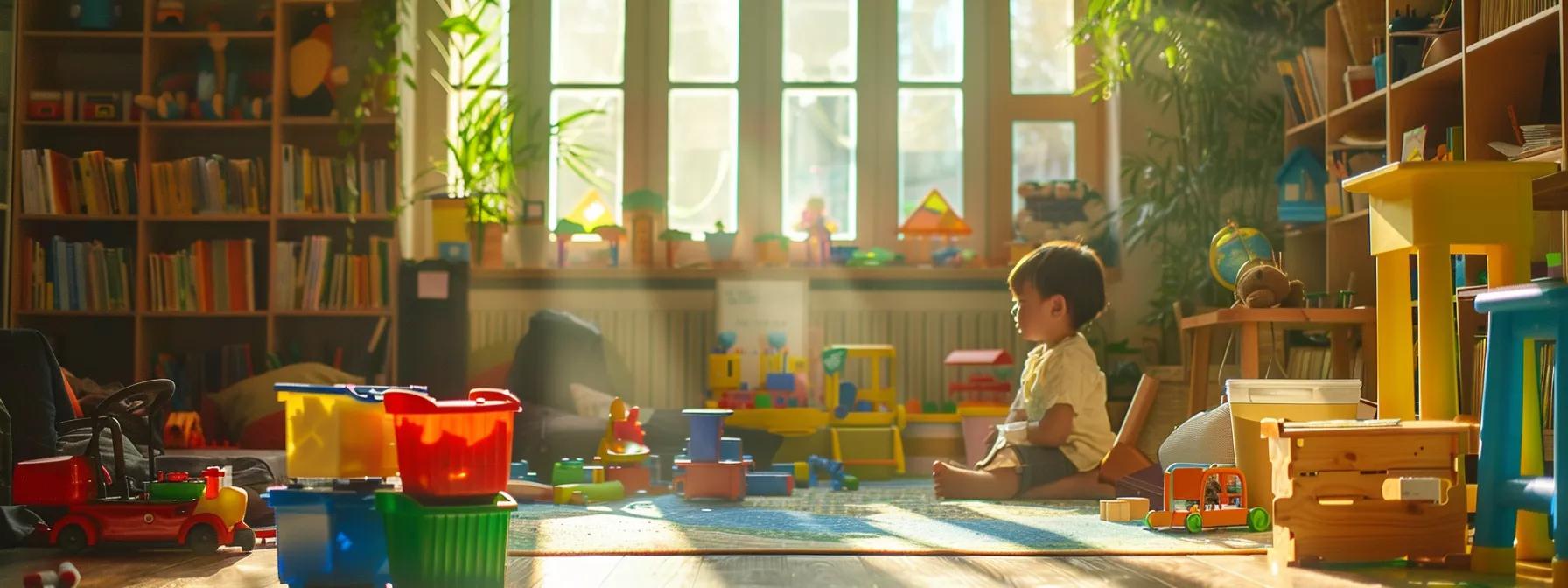
Early Childhood Development, Home Learning Activities, and Childcare Benefits: A Complete Guide for Parents and Caregivers
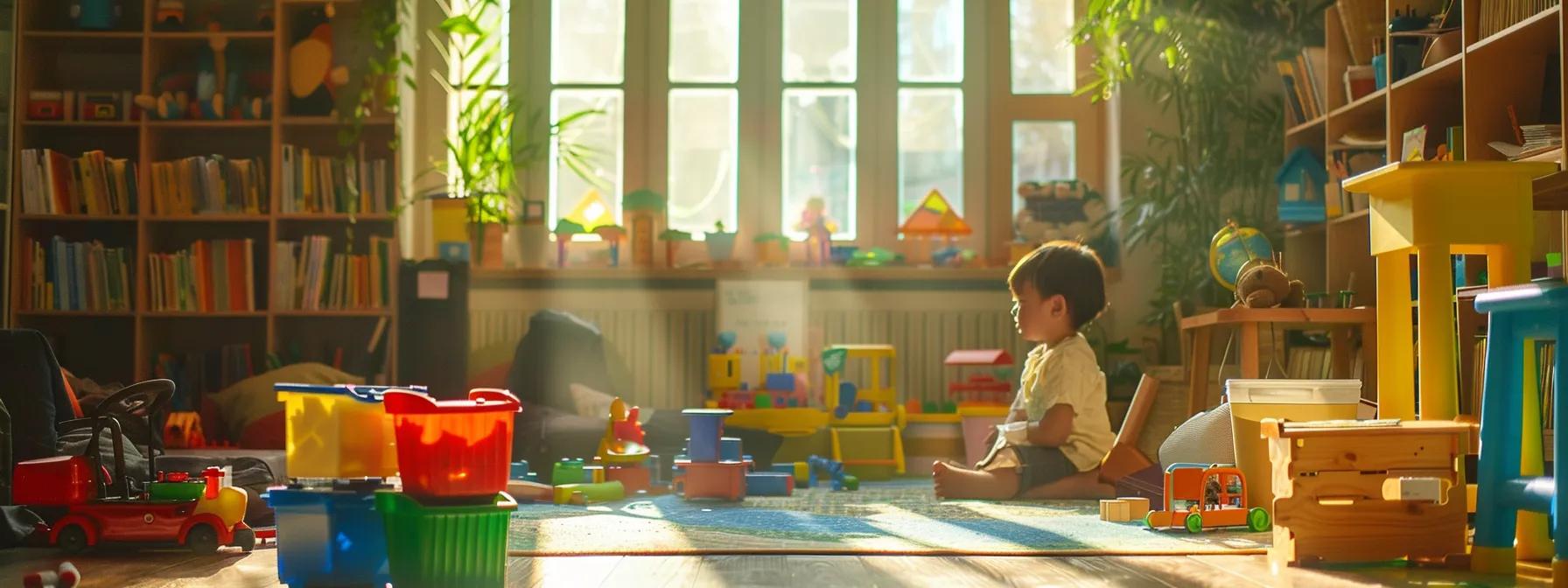
Early Childhood Development, Home Learning Activities, and Childcare Benefits: A Complete Guide for Parents and Caregivers
In recent years, early childhood development has garnered increased attention among educators, parents, and policymakers. This guide examines essential aspects of early childhood growth, home learning activities, childcare benefits, and the integration of learning environments that maximize a child’s development. Early childhood is characterized by rapid brain growth, emotional development, and the acquisition of crucial skills. This period lays the foundation for long-term learning, behavior, and health outcomes. With rising demands such as remote work and diversified caregiving responsibilities, the guide provides actionable insights, evidence-backed practices, and expert guidance to help families create optimal learning conditions.
What Is Early Childhood Development and Why Is It Important?
Early childhood development involves the physical, cognitive, social, and emotional growth from birth to eight years old. It is crucial because it forms the base for future academic success, behavior, and overall well-being. The development of language skills, self-regulation, and social bonds during these early years significantly influences later outcomes.
What Are the Key Stages of Early Childhood Development?
The process can be divided into three main stages: - Infancy (0-2 years): Rapid brain growth, the development of motor skills, and the beginning of emotional attachment. - Toddlerhood (2-3 years): Refinement of language skills, emerging independence, and the start of basic problem-solving abilities. - Preschool (3-5 years): The emergence of social skills, early numeracy and literacy, and increasing cognitive complexity through structured learning.
These stages are interconnected, with secure attachments in infancy enhancing learning experiences later on.
How Does Early Development Impact Future Learning and Growth?
Healthy early brain development positively shapes language acquisition, social-emotional competence, and critical thinking skills. Positive experiences during this period contribute to higher academic achievement and fewer behavioral issues. Early intervention for developmental delays can improve long-term cognitive outcomes, emphasizing the importance of investing in quality early experiences.
Which Skills Are Developed During Early Childhood?
Key skills developed in early childhood include: - Motor Skills: Such as grasping, walking, and fine motor coordination. - Language Skills: Expansion of vocabulary and improved communication. - Cognitive Skills: Enhanced problem-solving, memory, and attention. - Social-Emotional Skills: Empathy, resilience, and self-regulation fostered through interactions. - Creativity: Stimulated by imaginative play and expressive activities.
How Can Home Learning Activities Support Early Childhood Development?
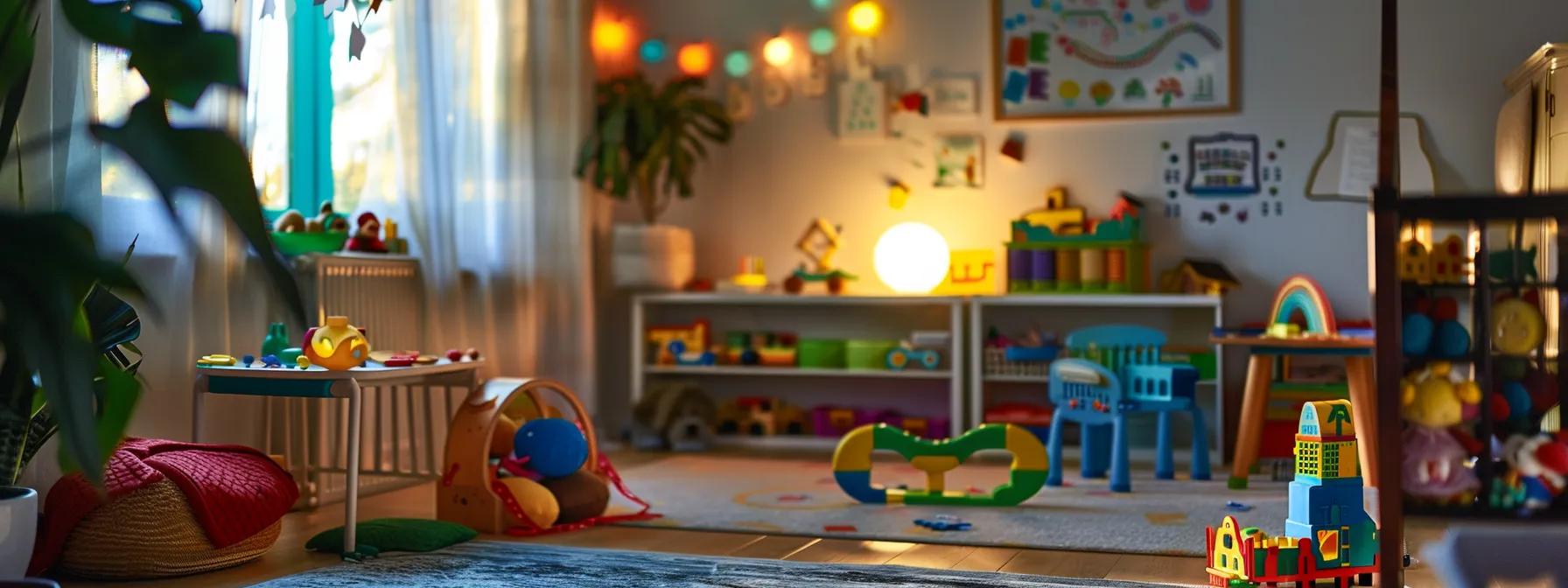
Home learning activities serve as a complement to formal education, promoting growth in a familiar setting. They provide opportunities for hands-on practice of skills learned in educational environments and expose children to diverse methods of learning that encourage curiosity and a lifelong enthusiasm for knowledge.
What Are Age-Appropriate Home Learning Activities?
Age-specific activities help in meeting developmental needs: - Infants: Sensory play, such as exploring textures and listening to music. - Toddlers: Gross motor activities like dancing and simple crafts to enhance hand-eye coordination. - Preschoolers: Early literacy activities, including reading picture books and storytelling, that promote language and problem-solving.
Projects like puzzles and art activities build spatial awareness and fine motor skills while involving parents in nurturing interactions.
How to Create a Stimulating Learning Environment at Home?
A stimulating environment can be created by: - Designating a Learning Space: A well-organized area with easily accessible books, art supplies, educational toys, and digital tools. - Flexible Setup: The space should adapt as the child grows, with clear storage and areas for both quiet study and creative expression. - Enhancing Ambiance: Natural lighting, vibrant colors, and comfortable seating create an inviting atmosphere. - Routine and Outdoor Play: Incorporating regular breaks and outdoor activities supports both mental focus and physical development.
Which Educational Resources and Tools Are Best for Home Learning?
Effective home learning resources include: - Traditional Tools: Books, puzzles, and art supplies that encourage tactile and visual learning. - Digital Tools: Educational apps, interactive e-books, and online learning platforms that provide adaptive learning. - Hands-On Kits and Experiments: Science kits and DIY projects that illustrate real-world applications of academic concepts.
Evaluating and updating these resources periodically ensures they remain aligned with the child’s developmental progress.
What Are Childcare Benefits and How Do They Support Families?
Childcare benefits are financial supports, subsidies, and service programs designed to ease the cost and logistical challenges of child care. These benefits enable parents to better balance work and home responsibilities while ensuring that children receive quality care that supports their overall development in a structured environment.
What Types of Childcare Benefits Are Available to Parents?
Parents may access: - Subsidies: Offered by local governments or community organizations, these assist with daycare or early education costs. - Tax Credits: Financial incentives provided by many governments to reduce the economic burden. - Employer-Sponsored Programs: Some companies offer on-site childcare, flexible spending accounts, or specific stipends for childcare needs.
These programs help stabilize family finances while promoting access to quality care and educational enrichment.
How Can Parents Apply for Childcare Financial Aid and Subsidies?
The application process generally involves: - Documentation: Assembling proof of income, employment, and childcare expenses such as pay stubs, tax returns, and residency proof. - Online Portals: Many government and community programs offer simplified online applications. - Assistance: Local childcare resource and referral agencies can provide guidance to ensure the process is managed smoothly.
Timely and accurate application is essential to avoid delays or denials.
What Are the Eligibility Criteria for Childcare Benefits?
Common criteria include: - Income Thresholds: Applicants must meet specific income limits. - Employment or Education Proof: A demonstrated need for childcare due to work or educational commitments. - Residency and Child’s Age: Requirements may include proof of residency and age limits for eligibility. - Special Considerations: Priority may be given to families with multiple children or single-parent households facing economic challenges.
Reviewing the guidelines provided by local agencies helps ensure that applicants meet all necessary criteria for support.
How to Choose the Right Childcare and Early Learning Programs?
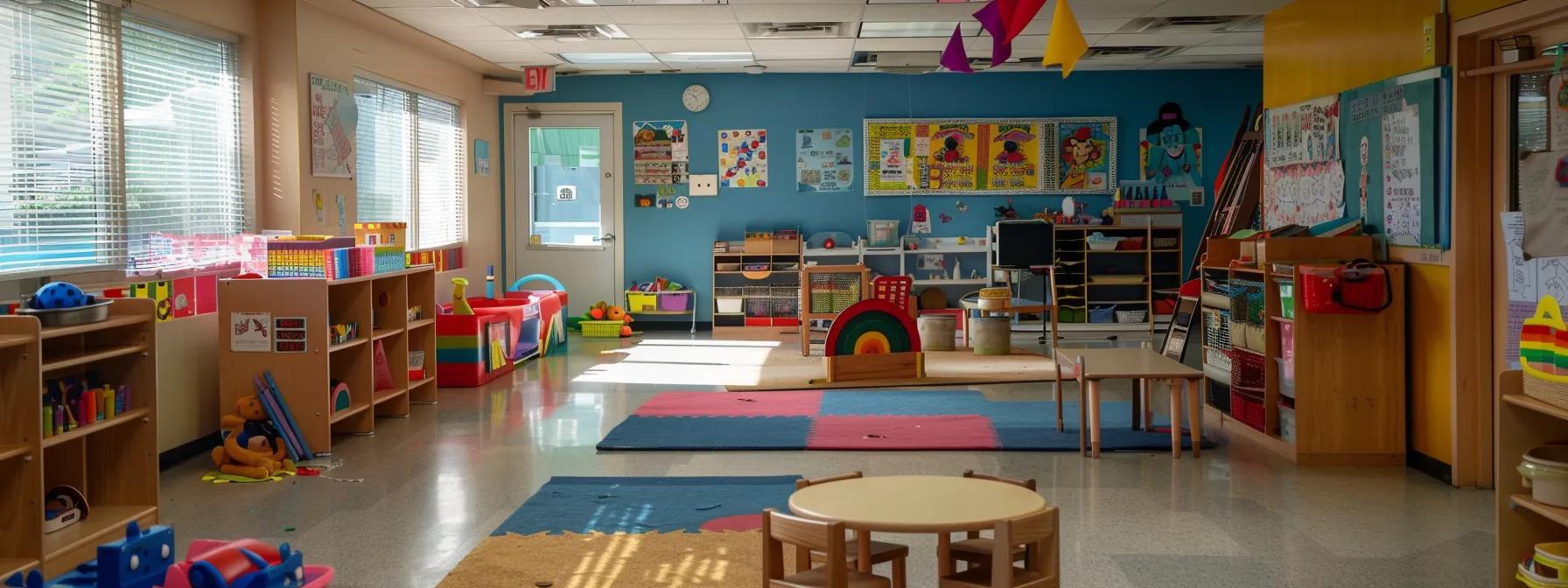
Choosing suitable childcare and early learning programs is a pivotal decision impacting a child’s overall development. Parents must evaluate the quality of care, developmental support, staff qualifications, and the overall environment to ensure a secure and enriching experience.
What Factors Should Parents Consider When Selecting Childcare?
Key considerations include: - Location and Cost: Proximity and affordability. - Operational Hours and Accreditation: Ensuring the center’s hours align with family needs and that it meets established quality standards. - Caregiver-to-Child Ratio and Staff Qualifications: Lower ratios and qualified staff foster better individual attention. - Curriculum and Safety: A balanced curriculum that promotes both structured and play-based learning along with high safety and hygiene standards.
Visiting multiple centers and seeking feedback from other parents are recommended strategies for making an informed choice.
How Do Early Learning Programs Enhance Child Development?
Early learning programs provide structured environments where consistency, diverse activities, and social interactions contribute to a child’s growth. Such programs: - Use evidence-based curricula aligned with developmental milestones. - Foster language, motor coordination, and problem-solving abilities through both play and guided activities. - Encourage social skills like sharing and cooperation. - Employ experienced educators who can customize learning experiences, resulting in better academic and behavioral outcomes.
What Questions Should Parents Ask Childcare Providers?
Essential questions include: - Daily Schedule and Activities: Inquiring about the structure of the day and types of activities offered. - Teacher-to-Child Ratios: Determining how many children each teacher accommodates. - Safety and Hygiene Protocols: Understanding measures in place to ensure a safe environment. - Professional Development: How staff training and ongoing education are maintained. - Parent Communication: Availability of regular progress updates and channels for parental involvement.
Transparent communication helps build trust and ensures that the selected childcare program meets both educational and developmental needs.
How Do Expert-Curated Learning Paths Personalize Early Childhood Education?
Expert-curated learning paths tailor educational experiences to meet individual child needs. These personalized trajectories are developed by experienced educators who assess a child’s strengths, interests, and developmental challenges to create a customized learning plan that is both engaging and effective.
What Is a Personalized Learning Path for Young Children?
A personalized learning path is an educational guide that: - Considers the child’s unique developmental milestones, interests, and learning pace. - Integrates play with structured academic activities. - Is frequently updated based on ongoing observational assessments and tailored lesson plans. - Aims to keep learning challenging yet achievable, maximizing engagement and progress.
How Are Learning Activities Tailored to Developmental Stages?
Activities are adapted based on age-related goals: - Toddlers: Focus on basic language development and fine motor skills through interactive and playful activities. - Preschoolers: Incorporate more complex tasks that promote problem-solving and social interaction. Educators adjust activities using assessments and observations to ensure tasks remain appropriate and stimulating without overwhelming the child.
What Are the Benefits of Expert-Reviewed Educational Content?
Expert-reviewed content ensures educational materials are: - Reliable and Relevant: Grounded in current research and best practices. - Adaptable: Suited to a wide range of learning needs. - Engaging: Designed to capture and sustain a child’s interest. - Consistent: Facilitates coherence between home and center-based education efforts.
These benefits collectively contribute to a more effective and personalized educational experience.
What Are the Best Practices for Integrating Home Learning With Childcare Services?
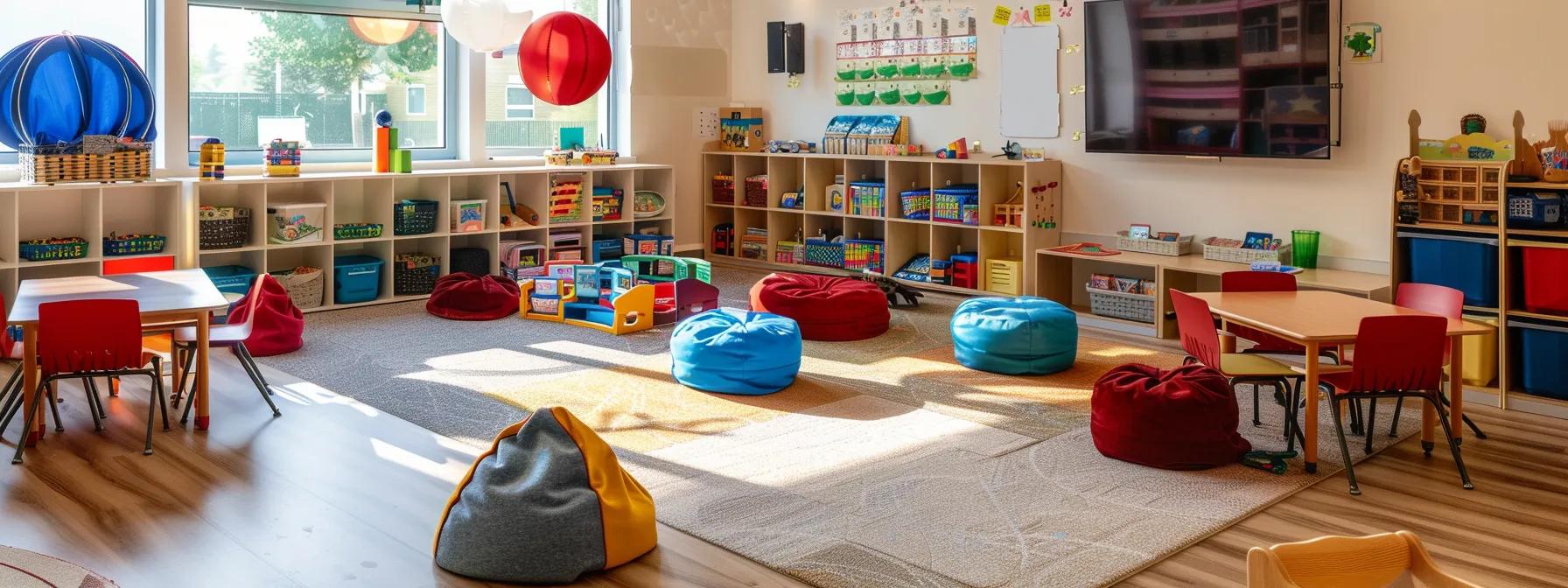
A coordinated approach between home and childcare settings enhances a child’s learning experience by providing consistency and reinforcing key developmental milestones. Collaboration between parents and educators is key to ensuring that no developmental gaps arise.
How Can Parents Coordinate Learning Between Home and Childcare?
Effective coordination includes: - Regular Communication: Establishing channels with childcare providers through meetings and progress reports. - Shared Learning Objectives: Align learning goals and activity suggestions between home and center settings. - Joint Activities: Scheduling family reading times or project-based learning sessions to reinforce classroom concepts. - Consistent Tools: Using shared digital portfolios or journals to track progress ensures everyone is aligned on the child’s development.
What Role Do Caregivers and Educators Play in Supporting Development?
Both caregivers and educators contribute by: - Providing Structured Learning: Following a consistent curriculum that fosters growth. - Offering Emotional Support: Ensuring continuity through daily interactions that promote secure attachments. - Monitoring Progress: Collaboratively observing the child’s behavior and performance to adjust strategies as needed. Their combined efforts create a nurturing ecosystem that supports overall development.
How to Track and Measure a Child’s Progress Across Settings?
Tracking methods include: - Observational Assessments: Regular reviews based on structured checklists. - Digital Tools: Utilizing learning journals, digital portfolios, and periodic assessments. - Feedback Sessions: Parents and educators discussing progress and areas for improvement. These methods ensure that developmental milestones are met and any concerns are addressed promptly.
How Can Parents Maximize the Benefits of Childcare and Home Learning Together?
Maximizing benefits involves a balanced approach that combines structured planning, open communication, and community resources. When childcare and home learning work in tandem, children enjoy enriched experiences that extend beyond traditional classroom settings.
What Are Effective Strategies for Balancing Work, Childcare, and Learning?
Key strategies include: - Structured Schedules: Establish fixed times for work, childcare, and learning. - Role Definition: Clearly define the responsibilities of parents and childcare providers. - Use of Technology: Leverage online calendars, progress tracking apps, and routine digital check-ins to coordinate schedules. - Flexibility and Support: Plan ahead but remain adaptable, seeking support from employers and community services when needed.
How Does Access to Childcare Benefits Improve Family Wellbeing?
Childcare benefits reduce financial and logistical pressures by: - Alleviating Costs: Subsidies and tax credits lower childcare expenses. - Improving Focus: Reducing stress allows parents to invest more quality time with their children. - Enhancing Experiences: Stable childcare services provide enriched, structured learning experiences that promote resilience and reduce anxiety.
What Community Resources Support Early Childhood Development?
Community resources include: - Public Libraries and Centers: Offer programs in literacy, numeracy, and social development. - Local Workshops and Non-Profit Initiatives: Provide additional educational opportunities and group activities. - Early Learning Programs: Enhance both social engagement and academic growth outside of traditional settings. These resources expand a child’s learning environment and reinforce both home and formal education initiatives.
Frequently Asked Questions
Q: What defines early childhood development and why is it significant? A: Early childhood development encompasses the physical, cognitive, and socio-emotional growth from birth to eight years old. It is significant as it lays the foundation for future learning, behavior, and overall health.
Q: How can parents create an effective home learning environment? A: By designating a dedicated learning space, providing age-appropriate materials, and fostering an atmosphere of curiosity. Regular routines, engaging educational resources, and communication with childcare providers enhance outcomes.
Q: What childcare benefits can support families, and how do they help? A: Childcare benefits include subsidies, tax credits, and employer programs that reduce costs and ease logistical challenges, ensuring quality care and contributing to financial stability.
Q: What considerations should parents keep in mind when choosing a childcare provider? A: Factors such as staff qualifications, caregiver-to-child ratios, safety and hygiene protocols, curriculum quality, and location should be considered. Visiting centers and gathering feedback is essential for an informed decision.
Q: How do expert-curated learning paths benefit individual child development? A: They provide personalized educational trajectories that match each child’s developmental stage and interests, enhancing engagement and promoting targeted skill development.
Q: What strategies help integrate home learning with formal childcare services? A: Establishing regular communication between parents and educators, aligning learning activities, and using shared digital tools to track progress are key strategies.
Q: How can community resources augment early childhood development? A: By offering additional opportunities for learning and social engagement through libraries, workshops, and early education programs, these resources broaden the child’s developmental environment.
Final Thoughts
This guide underscores the importance of a balanced approach that integrates home learning and childcare benefits to support early childhood development. Understanding key developmental stages and employing age-appropriate activities at home, coupled with selecting quality childcare and leveraging personalized learning paths, significantly strengthens a child’s educational journey. Ultimately, by maximizing family and community resources, parents can boost child development and foster long-term success in both education and overall well-being.